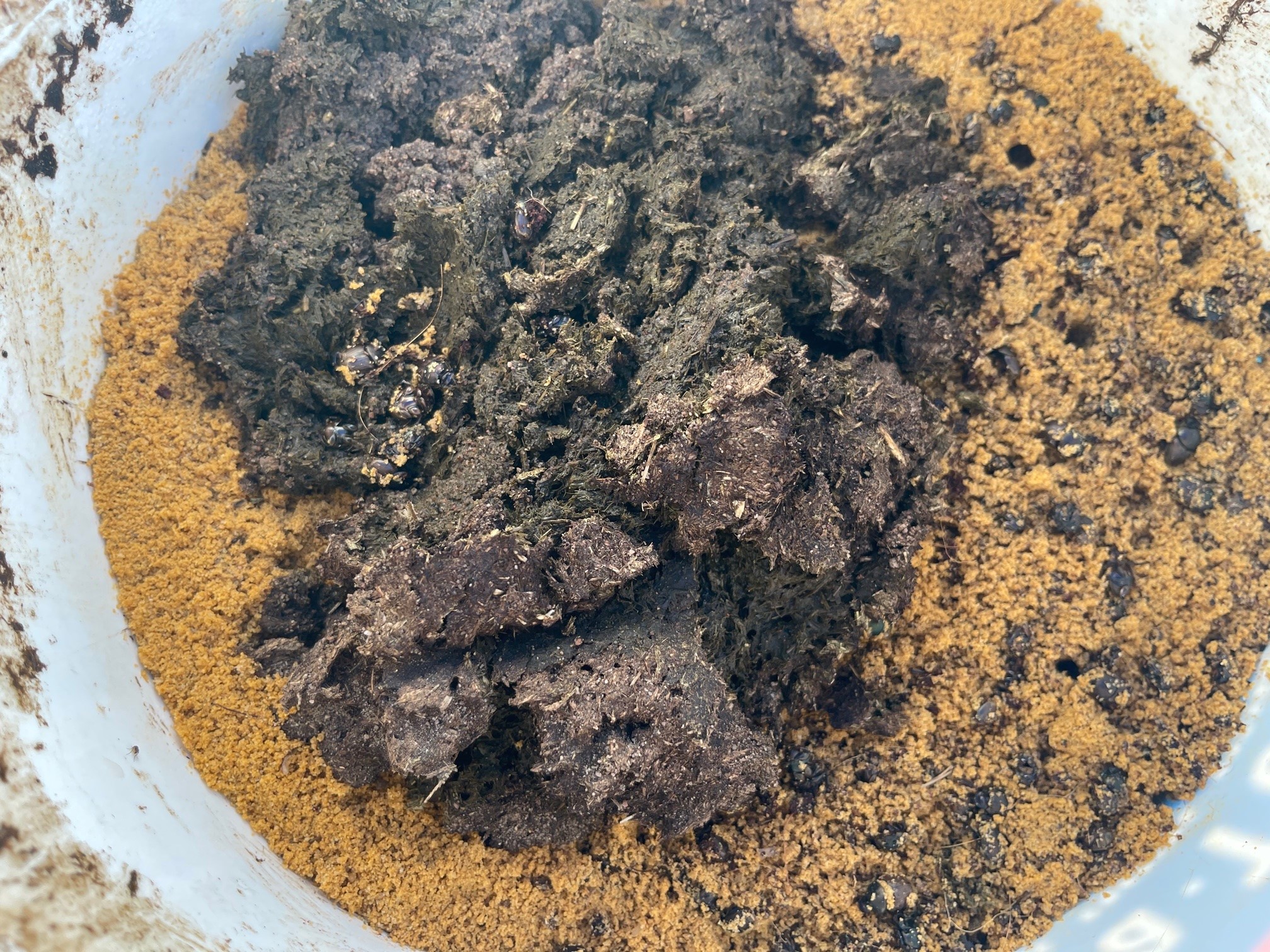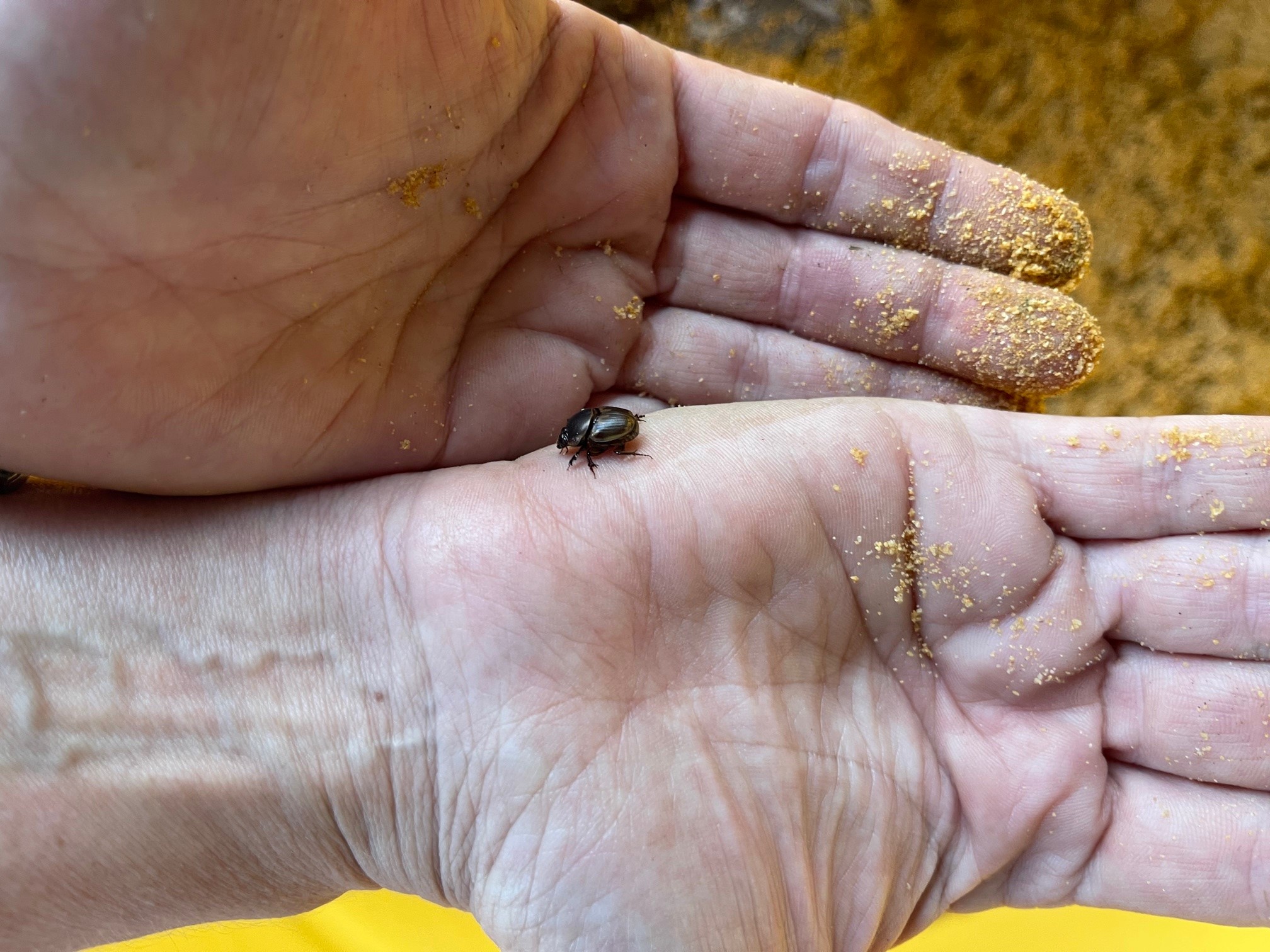Wheatbelt NRM has begun the process of breeding dung beetles in preparation for the start of its Building Beetle Highways project.
The cohort of about 500 Onthophagus gazella beetle, which is well established across northern Australia, will be built up before their planned release on Wheatbelt farms.
Dung beetles are known to bring significant environmental, economic and social benefits by burying horse, cow and sheep dung.
These include improved soil nutrition and limiting the release of greenhouse gases into the atmosphere.
The introduction of beetle species as a biological control against bush flies is even credited with opening up alfresco dining in regional Australia.
Long-term beetle researcher and teacher John Allen, who is assisting Wheatbelt NRM, said the gazella beetle was starting to establish well in similar climates over east and overseas.
“They’re being recorded from south of the Murray River in Victoria, which is considerably south of where we are,” he said.
“The timing seems to be right … it seems that they’re adapting to cooler conditions.
“You would expect to find gazella here anyway because they’re found in a corresponding climate location in Cape Town in South Africa.”
Not all beetles are suited to all situations. Allen said a range of options were needed depending on conditions.
A number of beetle varieties currently being introduced to Australia are deep-tunnelling.
However, Allen said the gazella tends to bury dung to about 150mm, which Allen said should help recycle nutrients into the sub-soil around the roots of shallow plantings common to southern WA.
To learn more about the Building Beetle Highways project get in touch with program manager Felicity Gilbert on fgilbert@wheatbeltnrm.org.au.

This project is supported by funding from the Australian Government’s National Landcare Program.


